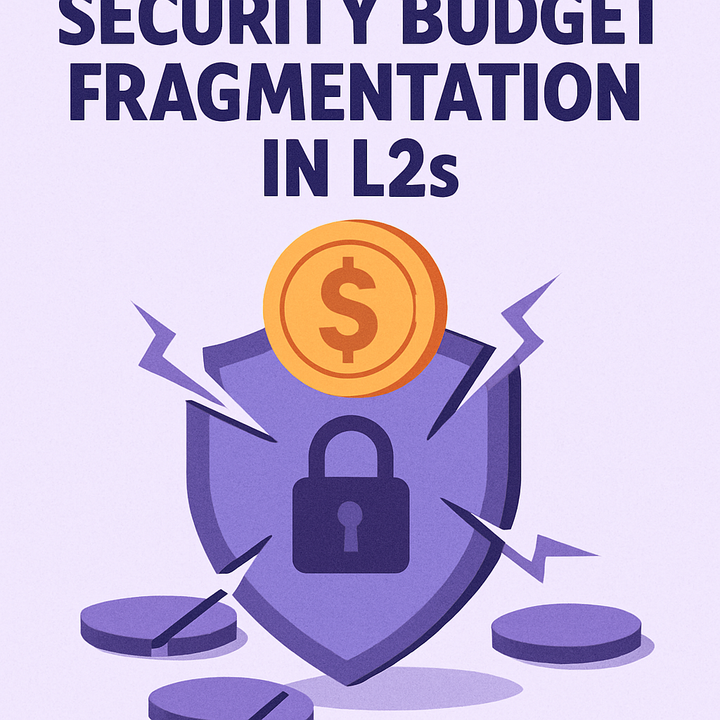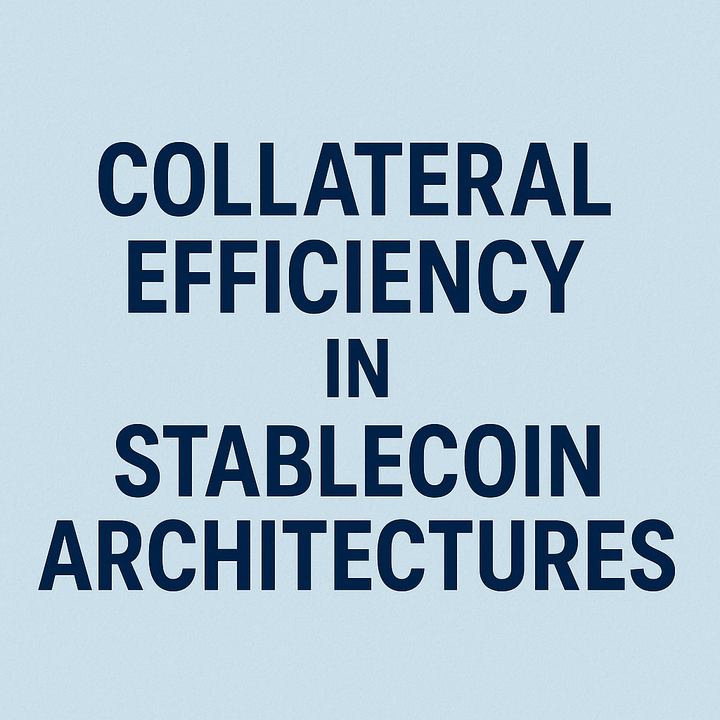Falcon Finance, Redefining Synthetic Dollar Protocols for Sustainable Yield

In a landscape dominated by unstable returns and opaque mechanisms, Falcon Finance emerges as a next-generation synthetic dollar protocol built to redefine how yield is generated in DeFi. As decentralized finance matures, users are seeking solutions that balance yield, safety, and transparency. Falcon Finance responds with a protocol that not only aims for consistent, institutional-grade returns but does so through a structure that prioritizes risk management and user protection.
In this article, we’ll explore how Falcon Finance achieves this through a unique dual-token model, diversified yield strategies, and rigorous safeguards—positioning itself as a new benchmark in the synthetic dollar space.
The Engine Behind Falcon Finance: Dual-Token Architecture and Yield Strategy

A Smarter Synthetic Dollar: USDf and sUSDf
At the core of Falcon Finance lies a dual-token system that supports both capital preservation and yield growth.
- USDf is a fully overcollateralized synthetic dollar, minted when users deposit approved assets—ranging from stablecoins like USDC, DAI, and USDT to major cryptocurrencies such as BTC, ETH, and select altcoins. This overcollateralization ensures the value of collateral always exceeds the USDf in circulation, anchoring its stability even in volatile markets.
- sUSDf represents the yield-bearing counterpart. Users can stake their USDf to receive sUSDf, which automatically appreciates over time as the protocol earns yield. This structure separates stability (USDf) from growth (sUSDf), allowing users to choose their preferred exposure.
Yield Through Diversification and Arbitrage
Unlike traditional protocols that rely on limited DeFi strategies, Falcon Finance utilizes a broad spectrum of institutional yield-generation mechanisms designed for scalability and sustainability:
- Funding Rate Arbitrage: By taking positions in perpetual futures with negative funding rates, Falcon captures yield when traders are willing to pay to maintain short exposure.
- Cross-Exchange Arbitrage: The protocol leverages infrastructure that allows it to identify and exploit price discrepancies between centralized (CEX) and decentralized exchanges (DEX), capturing spreads without directional risk.
- Altcoin-Driven Strategies: By accepting altcoins as collateral, Falcon taps into native staking opportunities and funding rate premiums, unlocking higher potential returns compared to ETH-only strategies.
This multi-strategy approach diversifies risk and aims to outperform single-channel yield protocols, especially in varied market conditions.
Built for Trust: Risk Management, Transparency, and Insurance
Dual-Layered Risk Framework
Falcon Finance emphasizes user protection through a two-tier risk management system:
- Automated monitoring tools track positions and market risks in real-time.
- Manual oversight by experienced risk professionals ensures human judgment complements algorithmic decisions.
Assets are secured off-exchange using trusted custodians, with advanced cryptographic protections such as Multi-Party Computation (MPC), multi-sig wallets, and hardware key management, minimizing exposure to exchange-related risks.
Radical Transparency
Users can access a real-time dashboard displaying:
- Total Value Locked (TVL)
- USDf/sUSDf supply metrics
- Current APY and performance
- Distributed yields
To bolster credibility, Falcon undergoes quarterly and annual audits, including Proof of Reserve (PoR) and ISAE3000 assurance reports, all made publicly available—setting a high standard for transparency in DeFi.
Insurance Fund: A Built-In Safety Net
To protect users during adverse conditions, Falcon maintains a verifiable on-chain insurance fund. A portion of profits is routinely allocated to this reserve, which:
- Cushions against zero or negative yield periods
- Acts as a last-resort USDf buyer in secondary markets
The fund is governed by a multi-signature wallet shared between internal stakeholders and external contributors, reinforcing decentralized oversight and resilience.
Conclusion
Falcon Finance isn't just another synthetic dollar protocol—it’s a forward-looking platform engineered to balance yield, security, and trust. With its dual-token system, institutional-grade strategies, and unmatched transparency, it provides a compelling solution for users who want sustainable returns without sacrificing safety.
Key takeaways:
- Falcon’s overcollateralized USDf ensures capital stability.
- sUSDf captures consistent yield from advanced arbitrage and staking strategies.
- Robust security and audit frameworks promote long-term trust and protocol resilience.
Looking ahead, Falcon’s model raises important questions: Could this structure become the gold standard for synthetic assets in DeFi? Will future protocols need to integrate similar risk and transparency practices to remain competitive?


Comments ()